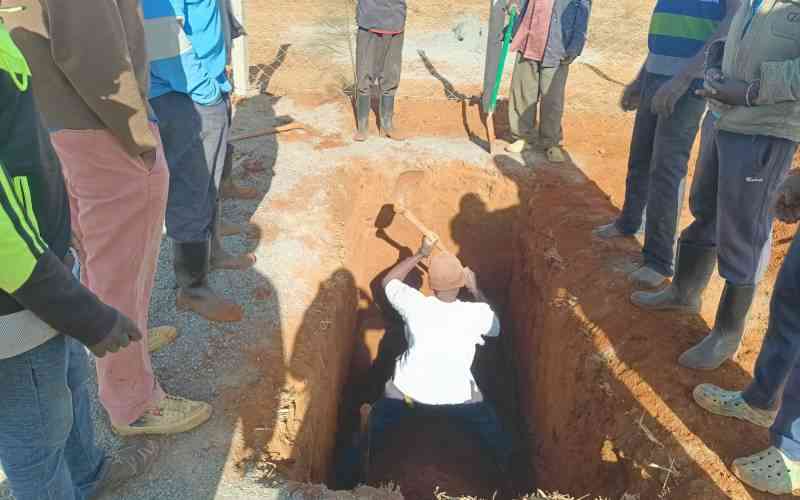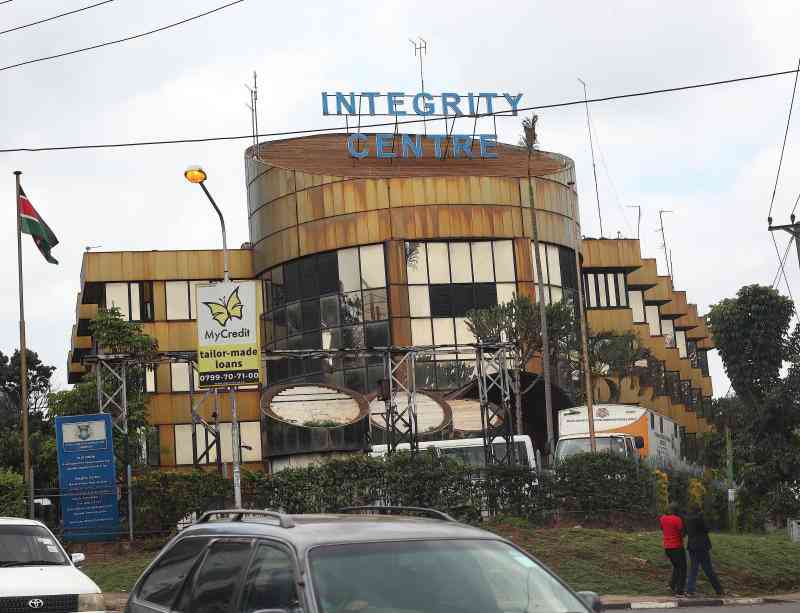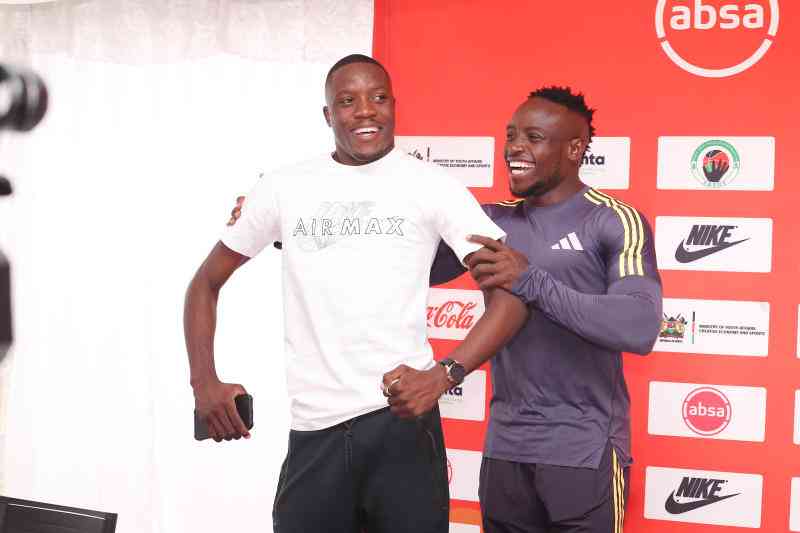Elections are nine months away. That is both how close we are and at the same time far away from Tuesday, August 8, 2017. An estimated 22 million Kenyans are expected to take part in this unique election.
Let us first acknowledge the fact that because it is decided in Jubilee who will be the presidential and running-mate candidate, eyes remain on the pair the Coalition for Reforms and Democracy (CORD) picks. There are three schools of thoughts in CORD that demonstrate either diversity of opinion or the politics of discord and opportunism.
Let us go back to the uniqueness of this election. We are where we were in the 1992 and 1997 elections, which were the only most contested in our book of chronicles given that in both cases, the incumbent, former President Daniel Moi, was seeking to retain tenancy of State House. In both cases, he won largely because of claims of whipping up the advantages of office and pulling all the levers of incumbency to his favour.
Then there was something else that worked in his favour; a fragmented Opposition. By each of them fielding a candidate, they diminished their collective vote premium thereby allowing an easy score against their net.
In fact, the story goes that in 1992, Kanu through a section of the larger Kenyatta family, persuaded Mr Mwai Kibaki to run at the last minute on the Democratic Party (DP) ticket to beat back the wave of Kenneth Matiba whose ‘Asians-Must-Go’ and a call for the nationalisation of huge tracks of land “in the hands of a few individuals’ was exciting the common folk, but needling the tips of the hearts of that rich class we usually lump together as ‘old-money’.
In 1997 with the passing of Jaramogi Oginga Odinga, Raila his son, ran against Mr Moi alongside Mr Kibaki, Kijana Wamalwa and Charity Ngilu.
The 2002 and 2013 elections had a common factor; the incumbent was retiring.
We have omitted the 2007 contest because of the messy aftermath: There was lack of clarity on who won, and the fact that it resulted in bloodletting after Mr Kibaki was sworn-in at night-fall with 75 per cent of his Cabinet swept away.
In 2013, Uhuru Kenyatta who had been handpicked by Mr Moi as his preferred successor in 2002, won. He won with the support of Mr Kibaki in whose favour he had forfeited his chance in 2007. He picked William Ruto, the 2002 Kanu director of elections as his running mate.
Mr Ruto had in 2007 placed his bets with Raila Odinga’s ODM. Subsequently, an indictment for crimes against humanity at the International Criminal Court brought he and Mr Kenyatta back together again in 2002.
Whether Mr Kenyatta and Mr Ruto met the 50+1 rule to avoid a rerun and questions about the Supreme Court’s baffling one-liner ruling aside, this election echoes the one of 2002 because of the retiring President’s choice of a successor.
Here we are in 2016, nine months away from the much-talked about 2017 race. The waters are still in the Jubilee swimming-pool because they need no nominations. There is no question that Mr Ruto will again back Mr Kenyatta of course on condition that he remains with his post-dated blank cheque which he hopes to cash in 2022.
Well, that will depend a lot on a win next year, but even more importantly, if the Kikuyu vote machine will be on his side. This is debatable, but then how many (I am asked these days) expected the comical racist Donald Trump to beat Hillary Clinton?
The question then is what is happening at CORD? Mr Odinga is probably doing everything to make his last stab at the presidency. Kalonzo Musyoka is demanding that Mr Odinga reciprocates his support in 2013 (remember both ran in 2007 and Mr Musyoka quickly squeezed himself between the warring Mr Kibaki and Mr Odinga to form a half-Cabinet with him as Vice President?). While Ford-Kenya leader Moses Wetangula, wants both Mr Odinga’s “River Nile’, and Mr Musyoka’s Athi River, to divert their waters to his Ford-K seasonal tributary.
As things look, the three may run in the first round, with the hope of forcing a second round (as if this time they think they have bridled the appetite of the incumbent to sit and just have the votes counted).
Stay informed. Subscribe to our newsletter
Mr Odinga wants a competitive process to pick the flag-bearer, Mr Nusyoka and Mr Wetang’ula want a “boardroom consensus”. They then expect that if it is either of them running, Mr Odinga will wave the magical wand that torpedoed Mr Kibaki to office in 2002. (Recall the Kibaki Tosha proclamation at Uhuru Park?)
From the way things look, and I could be right or wrong, 2017 will be the final duel between Uhuru and Raila, or put differently, the final match between the second generation Kenyatta and Odinga.
As the clock ticks, the lessons from past elections will help both groups as they strategise, and moreso the discordant Cord, who have the more arduous task of deflating the perception that Jubilee is better off. They could start by say, subjecting the theory of ‘tyranny of numbers’ to scrutiny and stoking the fire that Jubilee is largely propped up by three stones: corruption, wastage and tribalism. But as it does this, it should remember too that CORD has its own not so dissimilar baggage.
 The Standard Group Plc is a
multi-media organization with investments in media platforms spanning newspaper
print operations, television, radio broadcasting, digital and online services. The
Standard Group is recognized as a leading multi-media house in Kenya with a key
influence in matters of national and international interest.
The Standard Group Plc is a
multi-media organization with investments in media platforms spanning newspaper
print operations, television, radio broadcasting, digital and online services. The
Standard Group is recognized as a leading multi-media house in Kenya with a key
influence in matters of national and international interest.
 The Standard Group Plc is a
multi-media organization with investments in media platforms spanning newspaper
print operations, television, radio broadcasting, digital and online services. The
Standard Group is recognized as a leading multi-media house in Kenya with a key
influence in matters of national and international interest.
The Standard Group Plc is a
multi-media organization with investments in media platforms spanning newspaper
print operations, television, radio broadcasting, digital and online services. The
Standard Group is recognized as a leading multi-media house in Kenya with a key
influence in matters of national and international interest.









